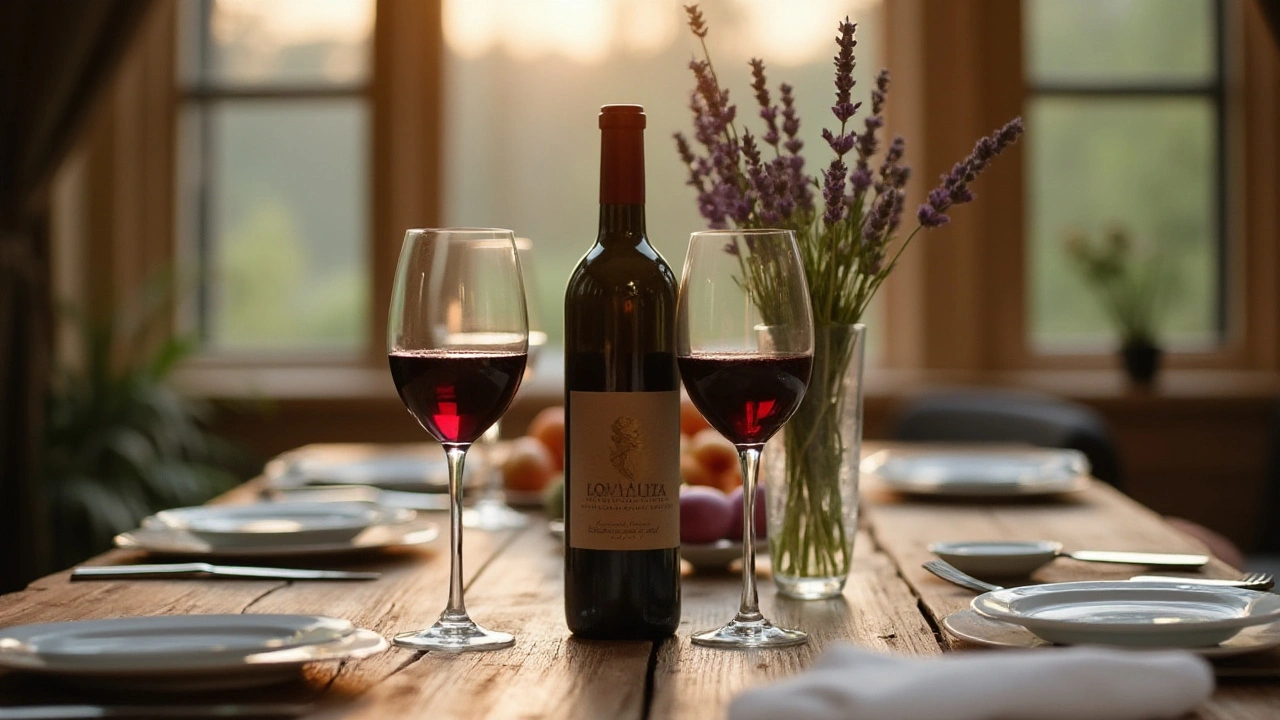Want better wine without the pretension? These are actionable, no-nonsense tips you can use right away—when you shop, when you open a bottle, and when you save the leftovers.
First rule: don’t assume price equals quality. Look for region and producer names on the label—smaller, known producers often offer more value than big brands. Check the vintage only for regions where weather matters (like Bordeaux or Napa); for many everyday wines, vintage isn't a deal-breaker.
Read the label for clues: grape variety tells you the flavor profile (e.g., Chardonnay = richer, Sauvignon Blanc = zesty). If the bottle says "estate" or lists a vineyard, the producer had more control of the whole process. If you see words like "Reserve" or "Special Selection," they mean different things in different countries—don't pay extra just for marketing.
Want a quick test in the store? Pick a price range you're comfortable with and try two bottles within it—different producers, same grape. That builds a fast sense of what you like without breaking the bank.
Temperature matters more than glass shape. Chill whites and rosés to 45–55°F (7–13°C). Light-bodied reds are best slightly cool, 55–60°F (13–16°C). Big, tannic reds want 60–65°F (16–18°C). If you don't have a wine fridge, place whites in the fridge for 30–40 minutes before serving and let reds warm up on the counter for 10–20 minutes.
Opening a bottle? Wipe the neck first if the cork looks dusty. For older wines, use a two-prong opener to avoid breaking fragile corks. Decant young red wines for 30–60 minutes to soften tannins; decant older wines carefully to leave sediment behind.
Leftover wine doesn’t have to go to waste. Use a vacuum pump or a resealable wine stopper to slow oxidation—white wines and rosés last 3–5 days; lighter reds last 2–4 days; big reds can hold up to a week if sealed and chilled. Or repurpose: cook with it, make sangria, or add to a marinade.
Storage for bottles you’ll keep: store them on their sides in a cool, dark place with stable temperature and moderate humidity. Avoid sunlight, strong smells, and the kitchen stove. If you plan to age wine long-term, aim for about 55°F (13°C) with 70% humidity.
One last tip: trust your palate. Take notes in plain words—what you liked, what you didn’t. Over time you'll spot patterns and spend less time guessing. Wine should be enjoyed, not decoded. Try one new bottle a month and compare it with a favorite—small experiments teach you faster than labels ever will.

Red wine, enjoyed by many for its rich flavors and complexity, may offer notable health benefits when consumed in moderation. This article delves into the science behind red wine’s potential health advantages, including its rich antioxidant content and links to heart health. Additionally, it provides practical tips on how to include wine in a healthy lifestyle. While some studies suggest potential benefits, moderation remains key. Learn how to enjoy red wine responsibly and its possible role in promoting wellness.
Read More